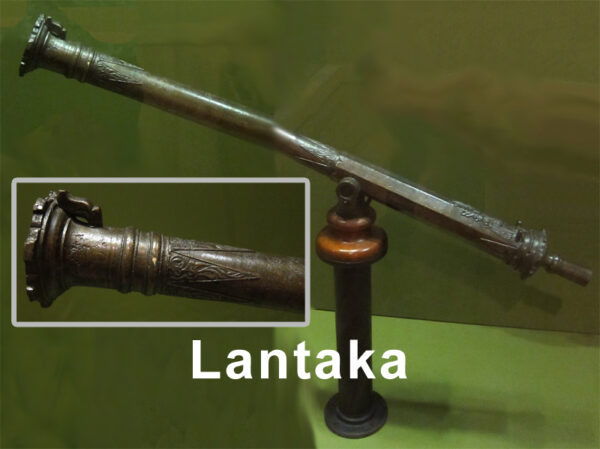Discovering the Lantaka – A Historical Maritime Marvel

The lantaka, often referred to as a “small cannon,” holds a significant place in the maritime history of Southeast Asia, particularly within the context of the Philippines. With its unique design and historical significance, the lantaka is more than just a weapon; it is a symbol of the rich cultural heritage of the region.
Origins and Design
The lantaka originated during the 15th century, influenced by both local craftsmanship and foreign technology. Its design is distinctive, characterized by a long barrel mounted on a wooden carriage, often featuring intricate carvings and ornamentation. These cannons were usually made of bronze or iron, and their size varied, making them suitable for use on ships and coastal fortifications.
The name “lantaka” is believed to derive from the Malay word “lantak,” which means “to shoot” or “to fire.” These small cannons were typically used for defense against pirate attacks and were integral to the maritime operations of various seafaring communities.
The lantaka played a crucial role during the Spanish colonial period in the Philippines. As the Spanish sought to establish their presence in the archipelago, these cannons were utilized on galleons and coastal defenses to protect against rival European powers and local insurgents.
Beyond their military applications, lantakas also served ceremonial purposes. They were often used in rituals, signifying power and authority, and were displayed during important events. This dual function highlights the cultural significance of the lantaka beyond its role as a weapon.
Lantakas Today
Today, the lantaka is recognized as a historical artifact and is celebrated in various museums and cultural sites across the Philippines. Many towns, especially those with rich maritime histories, have preserved these cannons as a testament to their heritage. Festivals and events often feature demonstrations of traditional cannon firing, drawing both locals and tourists alike.
Modern artisans and craftsmen continue to create lantakas, incorporating traditional techniques while also adapting to contemporary artistic expressions. This revival of interest not only preserves the craftsmanship but also keeps the story of the lantaka alive for future generations.
The lantaka stands as a powerful reminder of the Philippines maritime history and cultural identity. As both a weapon and a ceremonial object, it encapsulates the resilience and creativity of the Filipino people. Exploring the legacy of the lantaka invites us to appreciate the complexities of our past and the enduring spirit of those who sailed the seas, defending their communities and carving out their histories.
Whether you’re a history enthusiast, a culture buff, or just curious about unique artifacts, the lantaka offers a fascinating glimpse into the past, reminding us of the stories etched in metal and wood, waiting to be discovered.
References:
https://en.wikipedia.org/wiki/Lantaka
Image source and Licensing










